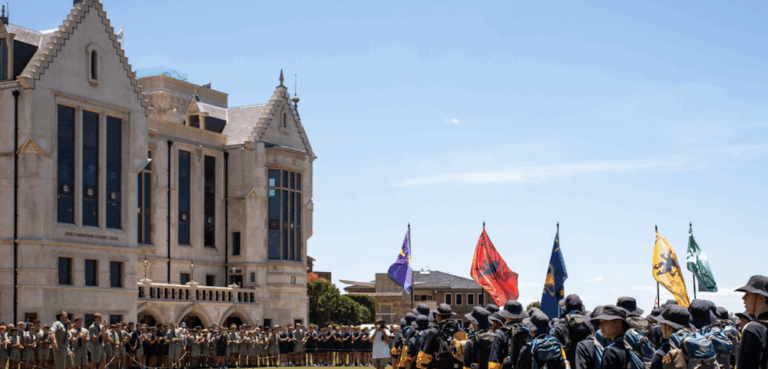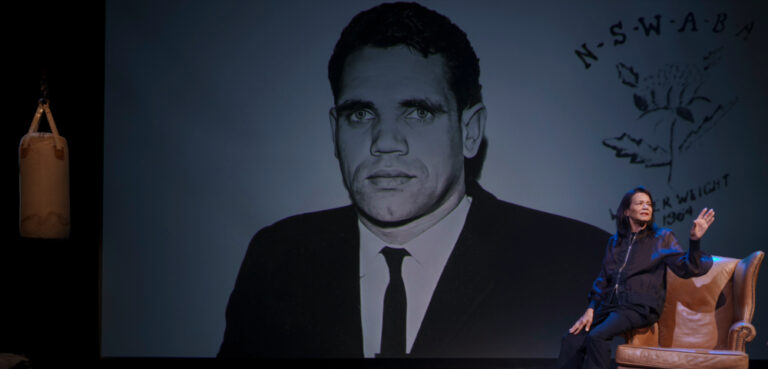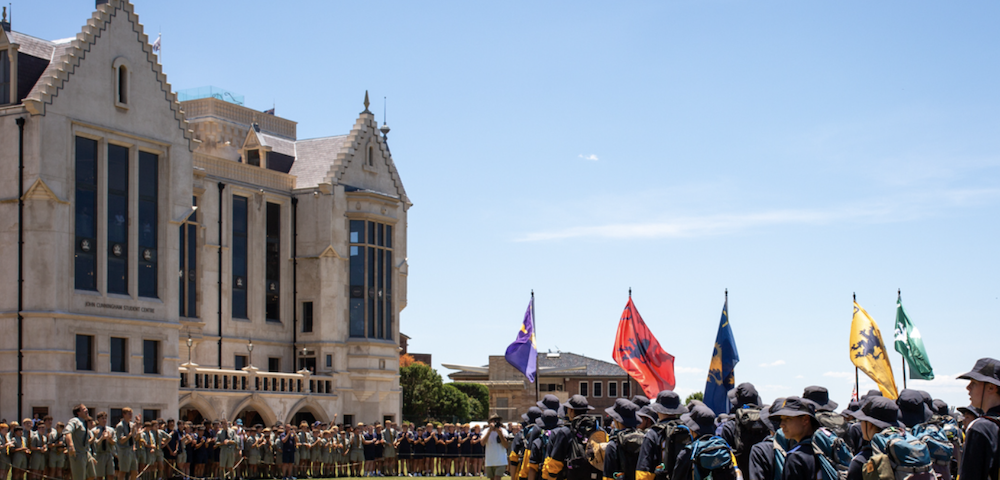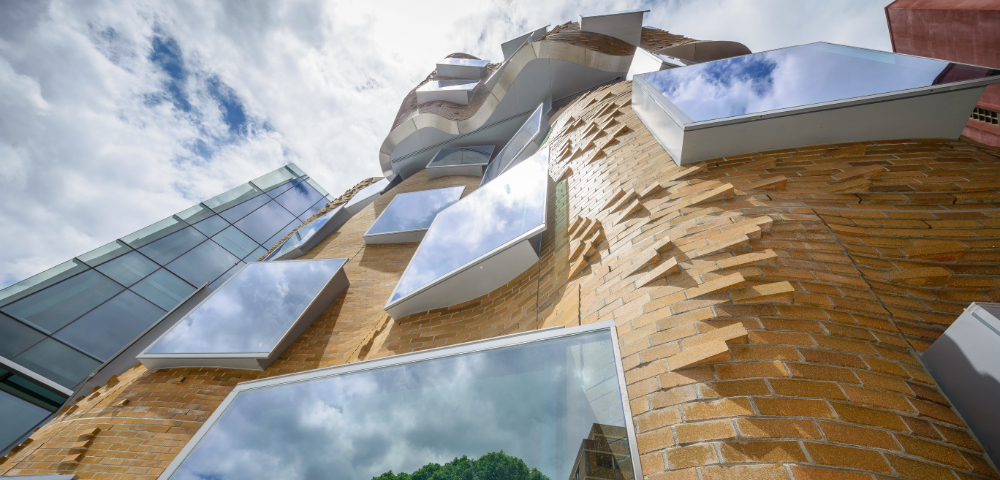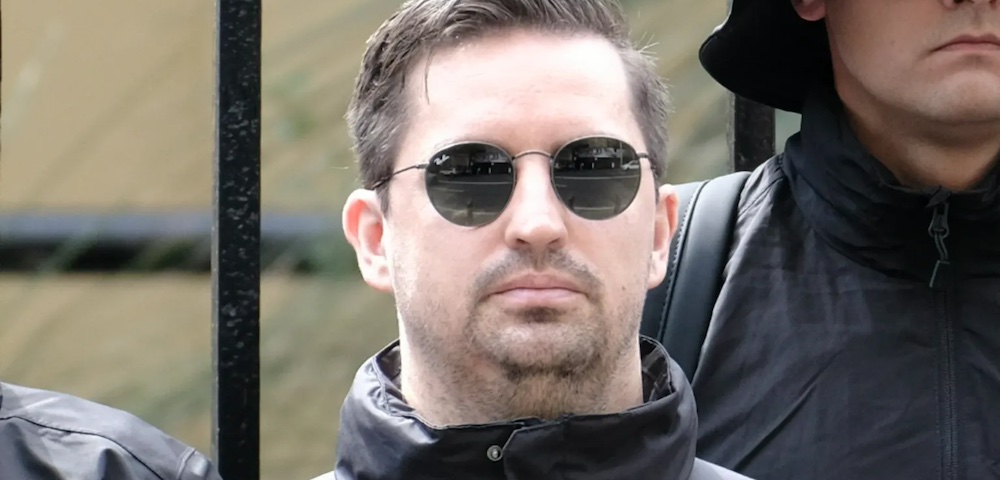
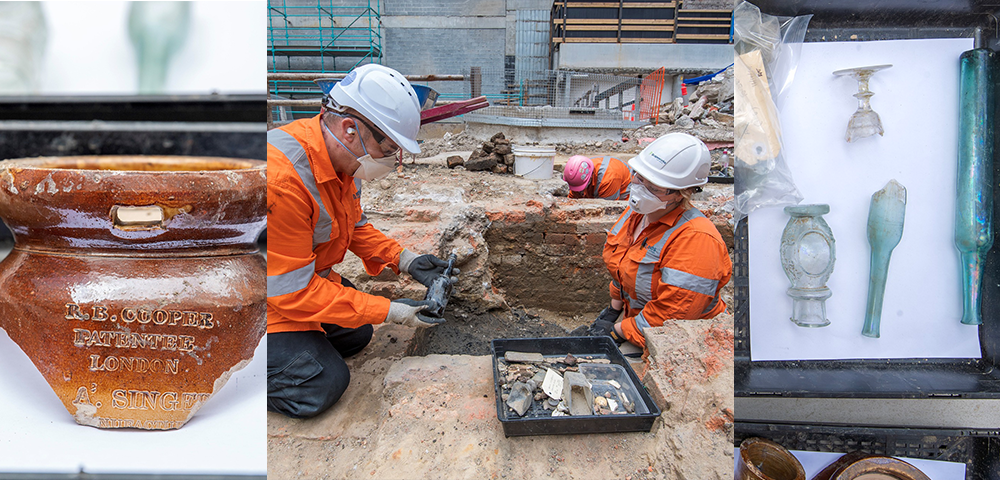
Hundreds of historical artefacts have been unearthed during construction of a new metro station on Hunter Street, as part of works for Sydney Metro West.
The Sydney Metro West’s excavation team unearthed the artefacts near the former De Mestre Place, a laneway off of George Street in the CBD.
Their origins lie in a transformative period for Sydney, and for Australia.
The diverse range of objects includes glassware, military remnants, currency and brick footings – a kind of foundation – for a property which once existed on the site. The oldest of these items date to the 1820s, during the Regency era which preceded Queen Victoria’s ascension in 1837, whilst newer items date from the 1840s.

In 1820, Sydney had a population of 12,000. New South Wales was at the tail end of Governor Macquarie’s transformative administration, which saw significant urban development and is cited as heralding Australia’s emergence as a full-fledged society, rather than being primarily a destination for convicts.
It was during Macquarie’s governorship that a new name was officially adopted for what was commonly known as New Holland, and in his final official speech, he was the first leader in the land to address its people as his fellow “citizens of Australia!”
Artefacts linked to prominent Sydney business leader
Macquarie’s governorship over the 1810s saw an explosion in the colonial population. One of the new arrivals was the French-born merchant Prosper de Mestre.
In 1825, de Mestre became only the second person to be naturalised as a British subject in the Colony of New South Wales, which allowed him to pursue his business endeavours with the same rights as others. He was a director of the Bank of New South Wales, a founder of Sydney’s insurance industry and a member of the prominent Agricultural Society of New South Wales, which counted leading politicians and pastoralists among its members.
He and his family, including Sydney-born wife Mary Ann de Mestre, lived in a property on Hunter Street. Mary Ann would later go on to play a key role in the development of the city of Nowra.
Sandstock brick footings believed to be a part of the de Mestre property, including its counting house, were uncovered during excavations. A counting house was where financial accounts and currency holdings were kept, meaning the structure played an important role in the family’s business activities.
A well was also unearthed. It is likely connected to the property’s redevelopment in the 1840s.
Diverse range of items
Gun flints, bullet shells, lead shot, glass beads and bottles, slate pencils, bone, metal buttons and a coin dated to 1834 were also among the objects found.
Some of the discoveries are explained by the site’s proximity to the erstwhile George Street Barracks, erected in 1792 as the settlement’s first military barracks.
The history of the area is reflected in the names of Barrack Street and the former De Mestre Place.
Specialists will advise on the long-term safekeeping of the artefacts.
Public invited to view artefacts found under Sydney Metro station
Interested members of the public are invited to view a selection of the artefacts during an open day on Sunday 18 May. Members of the de Mestre family have already viewed some of those recovered.
The site is next to the heritage-listed, 1840s-built Skinners Family Hotel. Construction work is continuing with a mind to protect this establishment, which will be integrated with the station complex.
